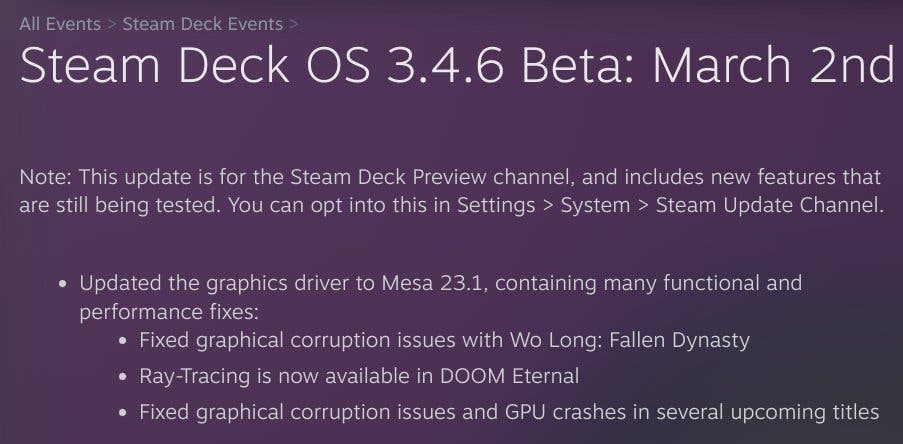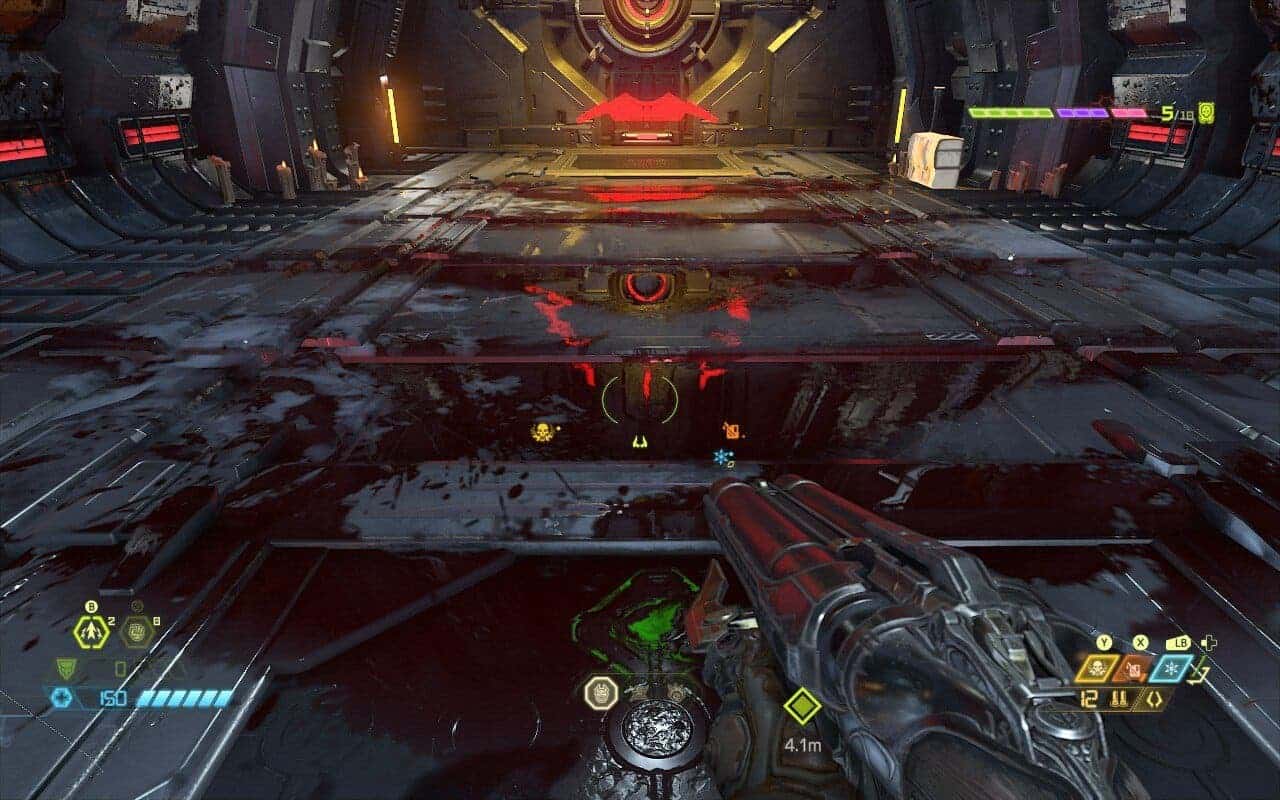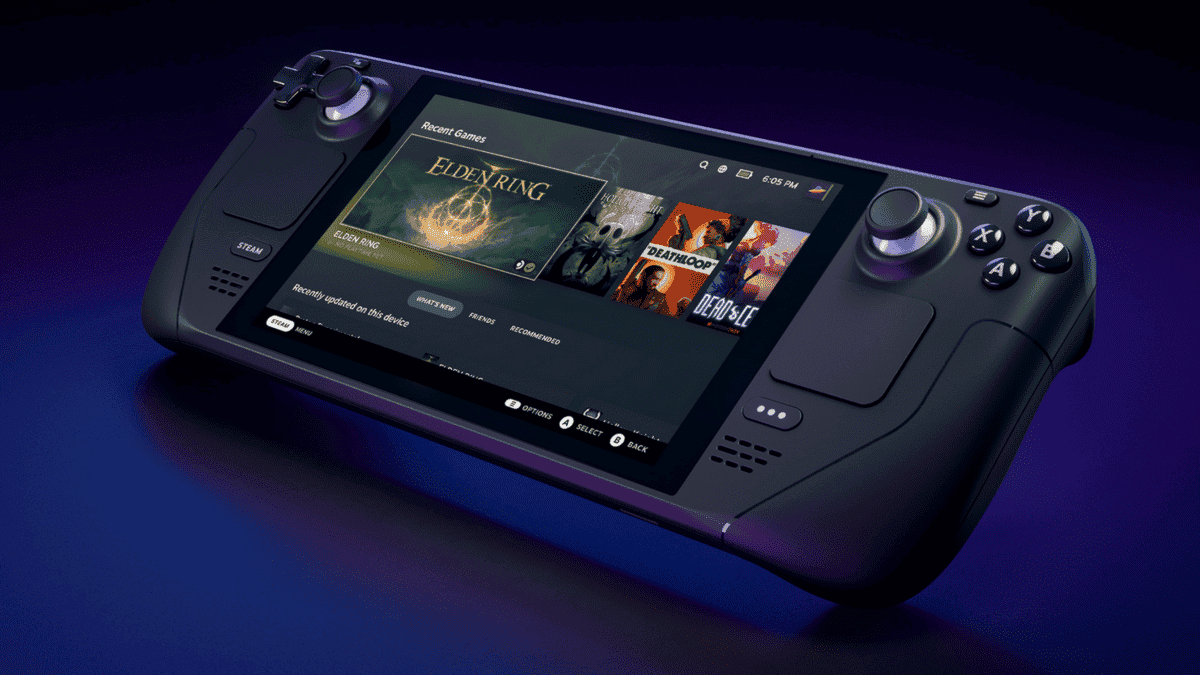If you have ever looked into the internals of Steam Deck and thought it could never ray-trace games, Valve is here to prove you wrong. That is, Valve is officially enabling the support. Yes, ray tracing was previously a doable thing by doing some Linux-y tweaking into the handheld gaming console.
The official ray tracing feature is now available in the latest beta OS that Valve is rolling out. And considering the fact that the Steam Deck costs as much as the RTX 3050, being able to play games with ray tracing is undoubtedly an impressive thing on the handheld gaming device.
What’s New In Steam Deck OS Beta
The latest beta update takes the Steam Deck OS to Mesa 23.1 graphics driver. And so far, it is the most interesting update for the handheld gaming device. Firstly, it eliminates some of the graphical corruption problems that exist in the current official build. Secondly, it fixes GPU crashes “in several upcoming titles.”

But most importantly, the Steam Deck OS update enables ray tracing in Doom Eternal. Wondering what will be the performance hit when you enable ray tracing on a demanding title such as Doom Eternal? Well, Pierre-Loup Griffais went ahead and demonstrated the performance on Twitter.
The Steam Deck developer, Pierre-Loup Griffais, attached a screenshot in the thread. And as the screenshot is coming from the developer, you can be sure that it is surely from Deck. Nonetheless, the image shows that the console is capable of running Doom Eternal with ray tracing at 35FPS.

Besides that, the Steam Deck developer posted an attendant frame time graph showing a seemingly rock-solid performance. Now, by no means is Doom Eternal the talk of the town when it comes to overblown ray tracing effects. However, it does implement smart technology that enhances the reflections and lighting throughout the game.
The game does not even have a high requirement for ray tracing. At 1080p, the game suggests you use the RTX 2060. Basically, the game’s tech comes through Vulkan graphics API directly instead of the DXR through a proton layer. And the latter can add some hefty impact on the frame rate, which the Steam Deck does not suffer from in this case.
DXR Is Also Coming!
Even though the game does not rely on DXR, the Steam Deck developer said, “DXR is in the pipe, just not quite ready yet.” In other words, the developers are already testing DXR on the handheld gaming device. Once it is ready, you will be able to enable DirectX Raytracing directly on the Deck. And that is pretty wild!
However, Steam Deck might have a performance hit with the DXR titles. As hinted earlier, it is tougher on the GPU side. Still, having the DXR feature on the Steam Deck is surely something to look forward to.

On that note, ray tracing on Linux is currently in a very good state. With PopOS!, you can get a decent overall experience with a capable set of hardware. In fact, you will be able to get both ray tracing and DLSS if you have a capable Nvidia GPU. However, the Steam Deck’s GPU is from AMD. So, don’t expect proper DLSS performance.
Still, running DLSS and ray tracing on Linux will require you to deal with some pre-launch arguments. Also, it does not work with all the titles. For that reason, with direct support on Steam Deck, things will look much better for handheld gaming device users. And even though the performance might not be super-slick, we are hoping that the Deck will offer a playable experience on different titles.





